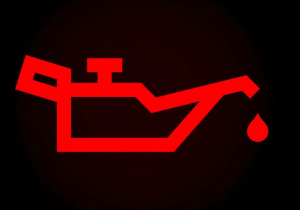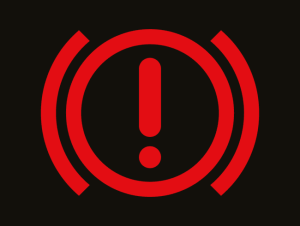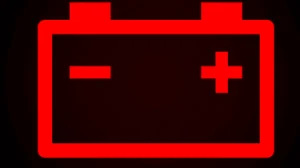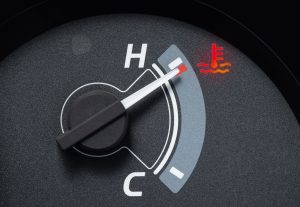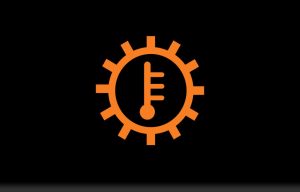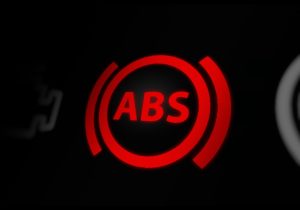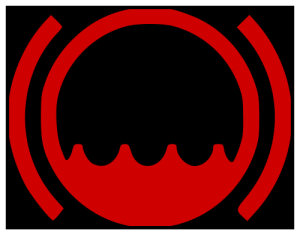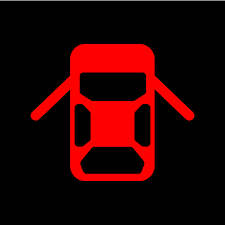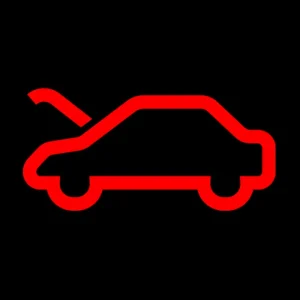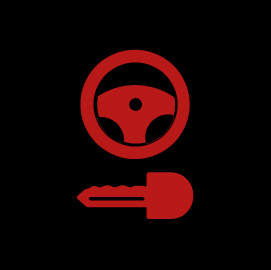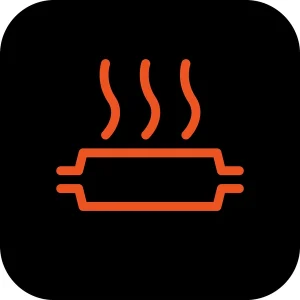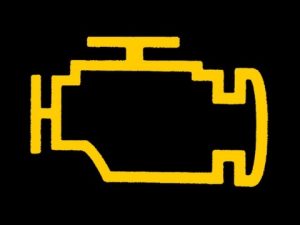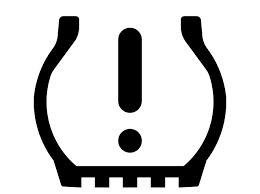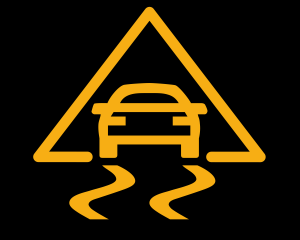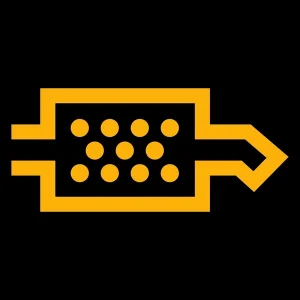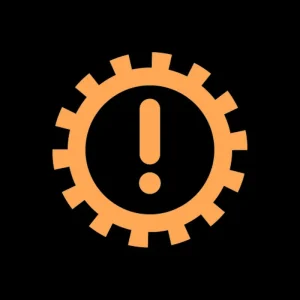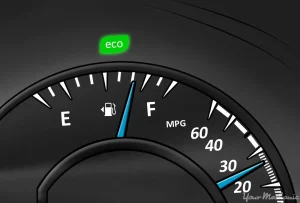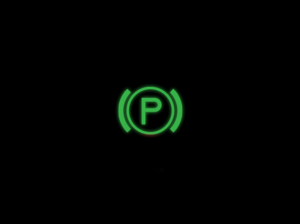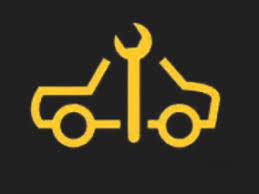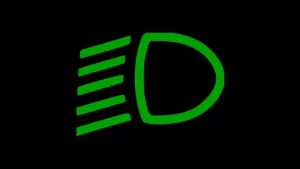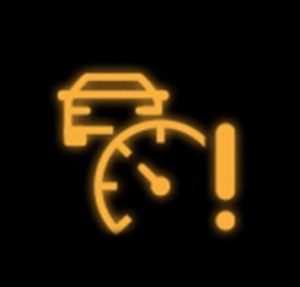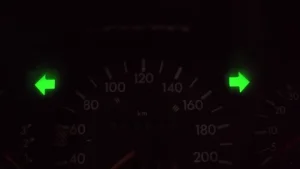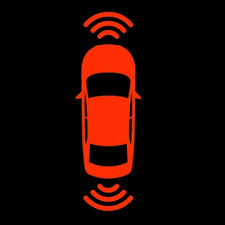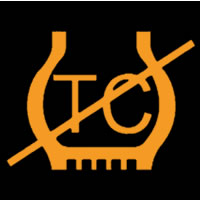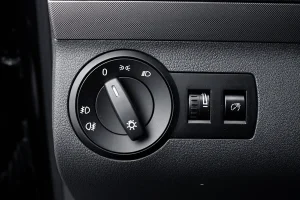Understanding dashboard warning lights on your MG HS is essential for maintaining vehicle safety and preventing costly damage. These indicators alert you to potential issues ranging from minor informational cues to critical problems that could lead to breakdowns or accidents. By recognizing and responding promptly, you can ensure smooth operation, avoid roadside emergencies, and extend your car’s lifespan.
Quick Navigation
Red (Stop Immediately)
These lights signal serious issues that require you to pull over safely right away to avoid damage or danger.
Engine Oil Pressure
Low oil pressure can cause engine damage from lack of lubrication. Common causes include low oil levels or a faulty pump. Stop driving, check oil, and add if needed; see a mechanic if it persists.
Brake System Alert
Indicates low brake fluid or a hydraulic issue affecting stopping power. Possible causes are leaks or worn pads. Park immediately and call for roadside assistance or a tow to a service center.
Battery Charge Warning
The battery isn’t charging properly, risking a sudden loss of power. Causes include a failing alternator or loose connections. Stop and have it inspected; don’t drive far as the car may stall.
Engine Temperature Overheat
Engine is too hot, which can warp parts or cause failure. Often due to low coolant or a radiator leak. Pull over, let it cool, check coolant levels, and seek professional help before restarting.
Airbag Fault
Airbags may not deploy in a crash due to a sensor or wiring problem. This reduces passenger protection. Stop and visit a mechanic for diagnosis and repair to restore safety features.
Seatbelt Reminder
A passenger isn’t buckled up, increasing injury risk in an accident. The light flashes with a chime. Ensure all seatbelts are fastened before driving; it should turn off once secured.
Power Steering Failure
Steering assist is lost, making the wheel hard to turn. Causes include low fluid or belt issues. Pull over safely as handling is compromised; get it towed to a repair shop.
Transmission Overheat
Transmission fluid is too hot, potentially causing gear slippage or damage. Overloading or towing can trigger it. Stop, let it cool, and have a technician check fluid and system.
ABS System Fault
Anti-lock brakes aren’t working, which may lead to wheel lockup during hard stops. Sensor or module failure is common. Stop driving in poor conditions and have it fixed immediately.
Low Brake Fluid
Brake fluid is below safe levels, risking brake failure. Leaks or worn components cause this. Park right away, top up fluid if possible, and consult a mechanic for leaks.
Door Ajar Warning
A door isn’t fully closed, which could open while driving or allow theft. Often due to dirt or misalignment. Stop, check all doors and trunk, and secure them before continuing.
Hood Open Alert
The hood isn’t latched properly, risking it flying open at speed. Sensor detects it’s ajar. Pull over, close and latch the hood securely, then verify the light goes off.
Steering Wheel Lock
The steering is locked, preventing turns. This activates when the key is removed. Stop, insert key or press start button to unlock; if it persists, see a dealer.
Catalytic Converter Warning
The converter is overheating or faulty, affecting emissions and performance. Exhaust issues or sensor failure cause it. Stop to prevent fire risk and have it inspected promptly.
Air Suspension Fault
Suspension system has a problem, leading to unstable ride height. Compressor or leak issues are common. Pull over as handling is affected; tow to a service center.
Yellow/Amber (Action Required Soon)
These lights mean there’s an issue that needs attention soon, but you can usually drive to a safe spot or service center.
Check Engine Light
Engine management has detected a fault, like a bad sensor or emissions issue. It reduces performance. Schedule a diagnostic scan at a garage soon to avoid further problems.
Tire Pressure Monitoring
One or more tires have low pressure, risking blowouts or poor handling. Cold weather or punctures cause it. Check and inflate tires to recommended levels; fix any leaks promptly.
ESP Stability Control
Electronic stability program is off or faulty, affecting traction on slippery roads. Could be due to sensor failure. Reactivate if possible and get it checked to restore control.
Glow Plug Indicator
For diesel models, glow plugs aren’t heating properly for cold starts. Faulty plugs or wiring cause delays. Have it serviced soon to ensure reliable starting in cold weather.
DPF Filter Warning
Diesel particulate filter is clogged with soot, reducing efficiency. Long idling or short trips build up. Drive at highway speeds to regenerate, or see a mechanic if it stays on.
Transmission Fault
Gearbox has an issue, like slipping or odd shifts. Low fluid or sensor problems are common. Limit driving and take to a service center for diagnosis and fluid check.
Brake Pad Wear
Brake pads are thin and need replacement to maintain stopping power. Normal wear over time causes this. Schedule a brake service within the next week or so.
Fuel Cap Loose
The gas cap isn’t tight, causing fuel vapors to escape and possible check engine light. Simply forgetting to secure it. Tighten the cap until it clicks and the light should clear.
Eco Mode Indicator
Eco driving mode is active, but a fault is limiting fuel savings. System glitch or sensor issue. Switch modes and consult a dealer if efficiency drops noticeably.
Parking Brake Engaged
Handbrake is on while driving, which can overheat brakes. Forgetfulness is the usual cause. Release the brake fully before accelerating; check for sticking if it recurs.
Bulb Failure
A light bulb, like headlight or brake light, is out. Burnout or wiring fault. Replace the bulb soon to ensure visibility and avoid tickets for faulty lights.
Air Filter Clogged
Air filter is dirty, restricting engine airflow and power. Dust buildup over time. Clean or replace the filter at your next service to improve performance.
Service Vehicle Soon
General reminder for upcoming maintenance or minor fault detected. Mileage-based or sensor-triggered. Book a service appointment to address any underlying issues.youtube
Green (Information Only)
These lights provide status updates on active systems; no action is needed unless they behave unusually.
Low Beam Headlights On
Front low beam lights are active for normal night driving. They turn on manually or automatically. No action required; ensures visibility in low light.
High Beam Headlights On
High beams are engaged for better distance visibility. Used in dark rural areas. Dim them for oncoming traffic to avoid blinding others.
Front Fog Lights Enabled
Fog lights are on to cut through mist or rain. Activated by switch. Turn off when not needed to save battery and comply with road rules.
Cruise Control On
Speed is set and maintained automatically. Driver-activated for highways. Adjust or deactivate as needed; monitor road conditions.
Turn Signal Indicator
Blinkers are flashing to signal a turn or lane change. Lever-activated. They turn off after the maneuver; no further action.
Parking Sensors Active
Sensors detect nearby objects when reversing. Beeps increase with proximity. Use to avoid bumps; they’re informational aids.
All-Wheel Drive Engaged
AWD system is active for better traction. Automatically or manually selected. Improves grip on slippery surfaces; monitor for faults.
Overdrive Off
Overdrive gear is disabled for towing or hills. Driver choice for control. Reactivate for normal highway fuel efficiency.
Traction Control On
System is active to prevent wheel spin on slick roads. Engages automatically. Enhances stability; can be turned off for off-road.
Automatic Lights On
Headlights activate based on light sensors. No manual input needed. Ensures lights are on in tunnels or dusk without effort.
Vehicle in Park
Transmission is in park position. Required for starting or idling. Shift to drive when ready to move.
Glow Plug Heating
Glow plugs are warming for diesel engine start. Normal in cold weather. Wait for light to extinguish before turning key.

